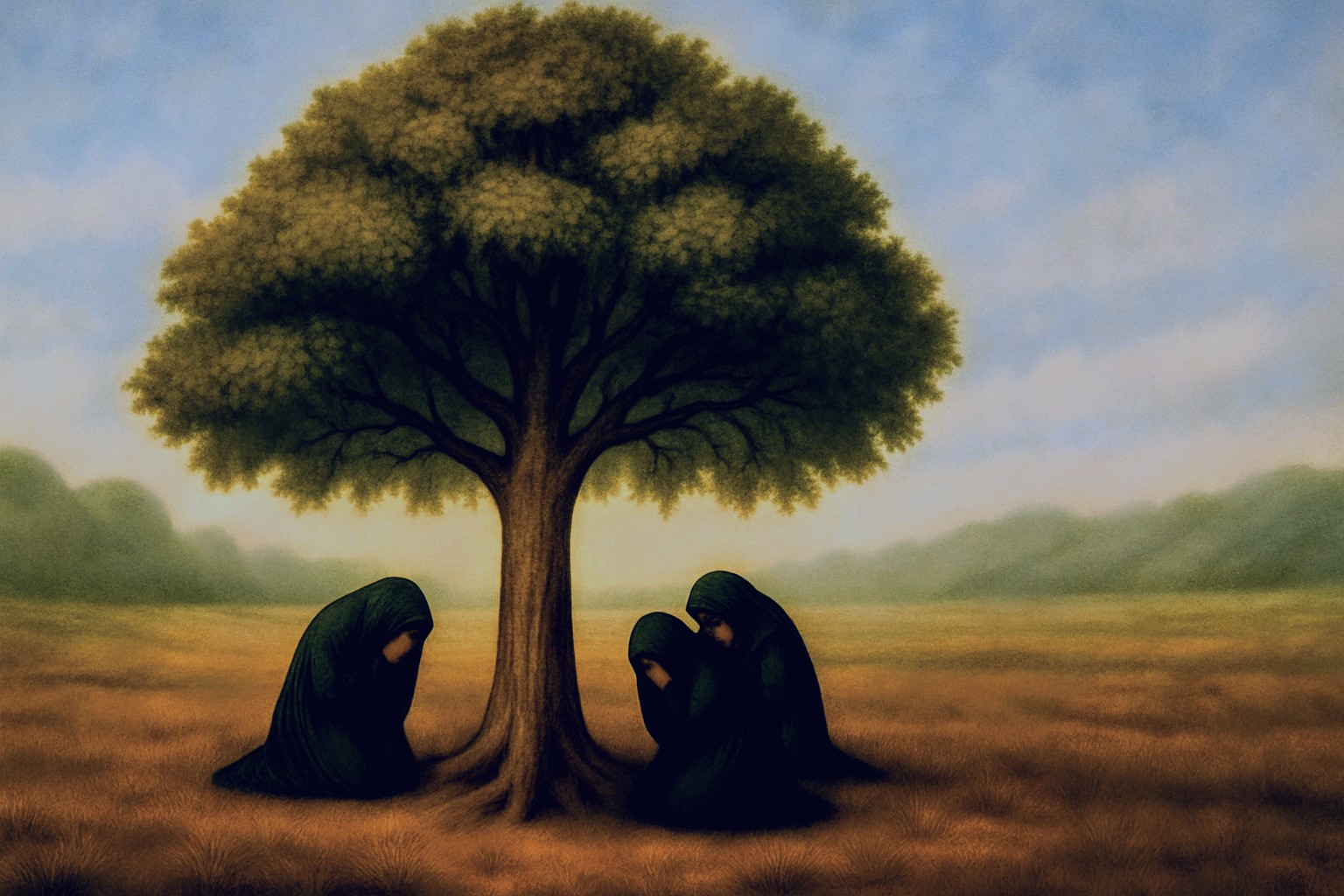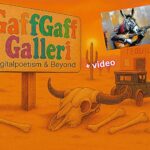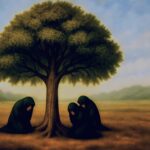I had a turbulent childhood, surrounded by artists who drank heavily. It was a mix of order and chaos, something that has shaped me. But I had good access to books, which I read slowly due to dyslexia. Slowly but surely, I worked my way through Gulliver’s Travels, Robinson Crusoe, The Count of Monte Cristo, and the part of world literature considered suitable for children in the 1950s.
But there was one thick, leather-bound book with strange letters and old-fashioned illustrations that made me realize literature could also be demanding. It was Snorri’s Kings’ Sagas. I had to give up on it, even though my father insisted it was the most critical work one could tackle. He had even changed his surname from Einarsen to Einarson to honor what he felt was a kinship with the Icelander who gave Norway an identity that, in his view, far surpassed that of the Danes, who, he claimed, had shamelessly stolen Iceland and Greenland from us.
That aside, my father’s fascination with Norse culture led him to embrace the mythological Tree of Life, Yggdrasil. This mighty ash tree stands at the center of the Norse cosmos. Its branches stretch across the heavens, and its roots draw nourishment from sacred wells. It symbolizes the connection between life and death, past and future. Despite its strength, it is constantly under threat until it disappears in the collapse of Ragnarök.
My father believed a tree was also a fitting symbol for Western culture, backed by the Bible’s teaching: “A bad tree bears bad fruit.”

The Tree of Life and the Tree of Knowledge also often appeared in his drawings from the 1930s.
Trees have long been a universal symbol in mythology, religion, and literature. They represent life itself, with roots that reach for more profound insight, a trunk that bears experience and resilience, and branches that stretch toward the light, toward the future and the unknown.
They often serve as a bridge between the visible and the invisible, between earth and heaven, between past and future. A tree can represent growth, wisdom, sacrifice, and transformation. It can be lonely or sacred, wild or cultivated, dying or blooming—and in every form, it tells a story.
From Yggdrasil, which holds all of creation in Norse mythology, to the Tree of Life in the Bible and the Quran, the tree symbolizes the interconnectedness of all things. In modern poetry, it remains a powerful image. This quiet, living presence reminds us that depth is possible and that even time itself can take shape.

I spent some time with the Norwegian poet Stein Mehren over more than thirty years. When I met him, I was young, immature, overconfident, and invincible. The established art scene dismissed me as an upstart, but Stein accepted me as I was. He listened to my drunken ramblings about things I barely understood. It seemed he appreciated the attempt and didn’t care that most of it was nonsense. He took me seriously, and that felt good.
There was something stoic in that, something like Yggdrasil itself—a symbol of the tension between the earth and the mind, between the body and eternity. His poetry sought depth, not to impress but to hold on to what slips between our fingers. Like in the line: “You, child, who drinks milk from a silver-bright chalice.”
Later in life, I met the Norwegian poet and author Erling Kittelsen. He was a different kind of person than Stein, but he had the same calm acceptance of my exaggerated self-belief and intoxicated formulations. Perhaps it was my attempt to grasp something beyond my understanding that creates a kind of resonance; I’m not sure. But both poets stood apart from the mainstream literary crowd.
In Kittelsen’s work, a dialogue exists between myths and people, as well as between animals and the dead. The image of widows watering a tree with their tears is deeply moving. The tree needs those tears to grow tall and beautiful. And his declaration—”If I explode, then I explode”—feels intensely alive:
If I explode in the air, then I explode in the air.
I will not be subdued.
I will not live below the noise level.
I want to hear that it’s alive—
what is alive.
This is a poem that refuses to be passive about life. It expresses a deep protest against indifference and a fierce will to be present, even when it comes at a cost. It’s about living at full force, not in fear of the consequences, but in the awareness that life’s power is worth facing. Words here are not just branches—they are roots, not just something to express but something that ties you to the earth, to something deeper, and to others.

Erling Kittelsen, like Stein Mehren, stands apart and makes you feel like you belong. Both embody a commitment to truth, even when it means standing alone or going against the current. As Marcus Aurelius put it two thousand years ago:
“The object of life is not to be on the side of the majority, but to escape finding oneself in the ranks of the insane.”
Aurelius warns against the false safety of the majority, which is easily seduced and obediently walks toward the abyss. It is on the margins among the so-called mad that truth, reason, and integrity have the best chance of flourishing. Their cry is a cry for life in its most whole form and a refusal to be caged by comfort.
Featured image © Eldar Einarson






